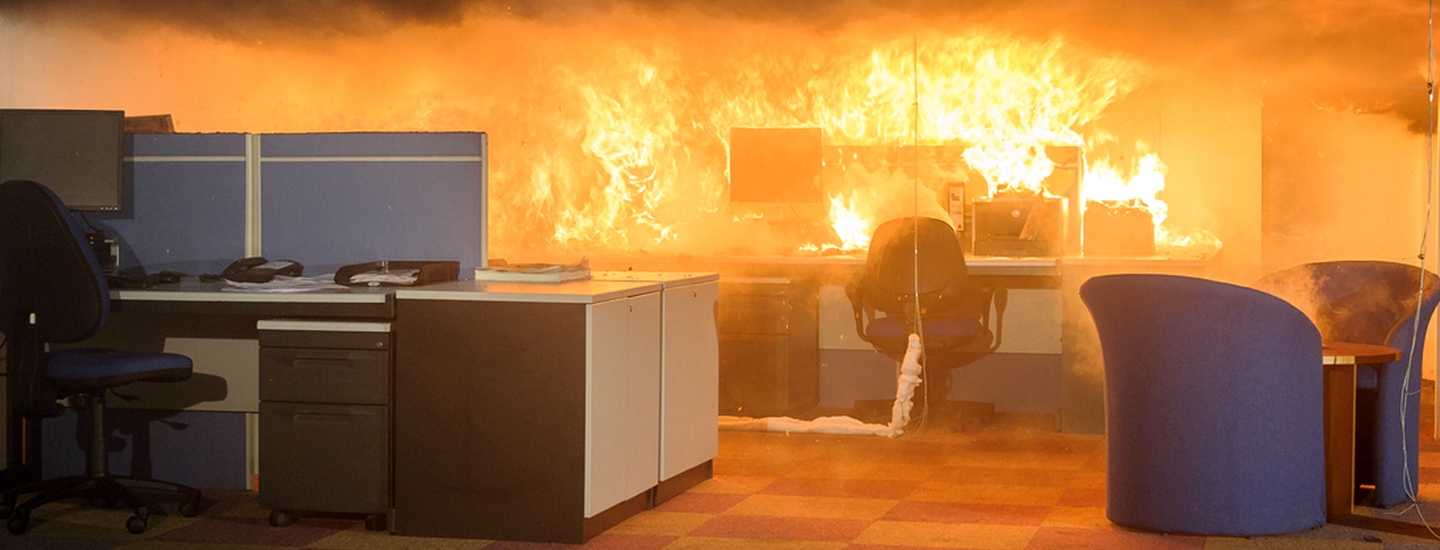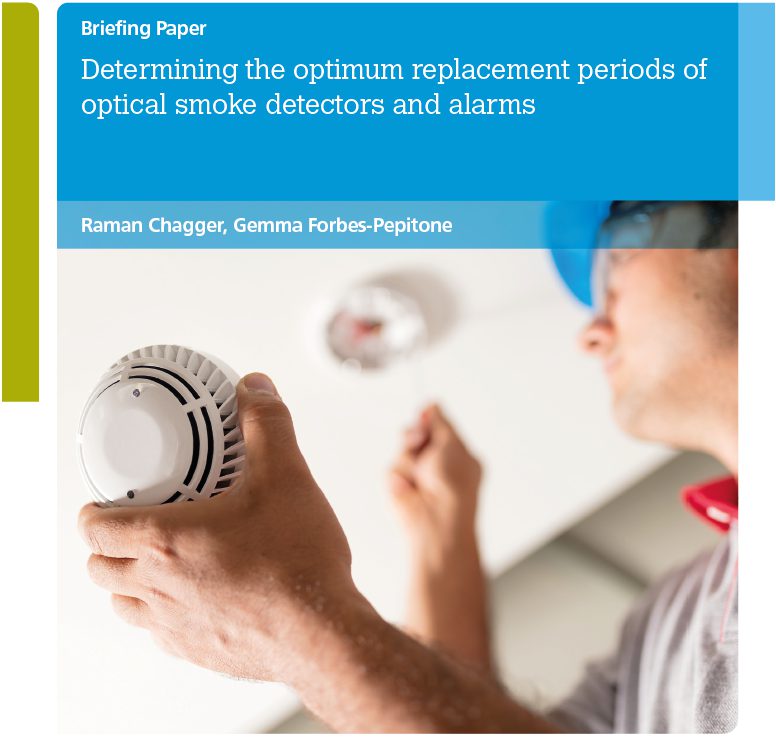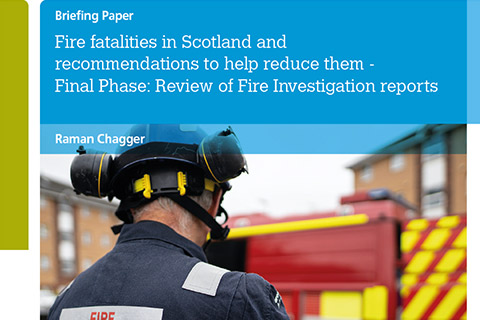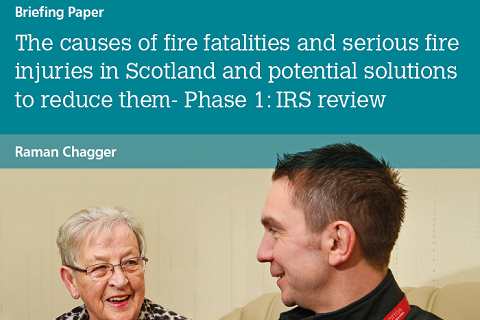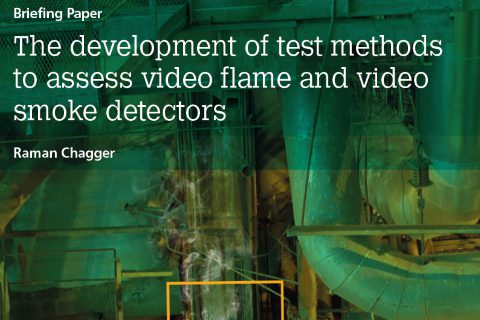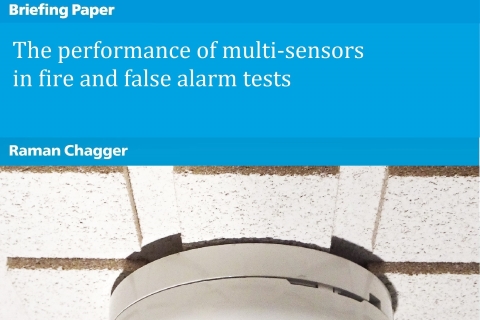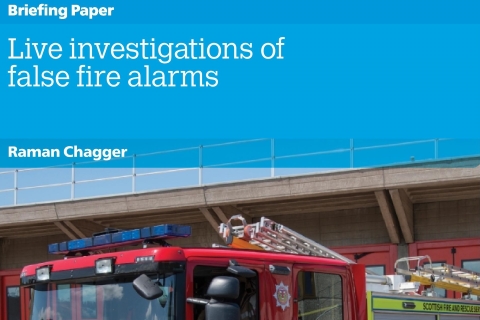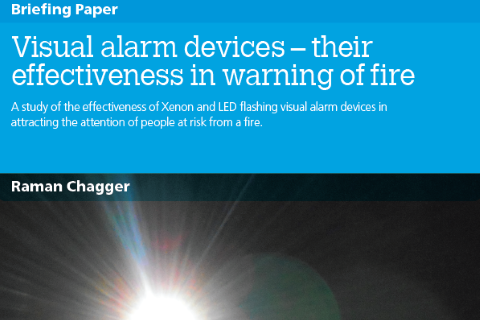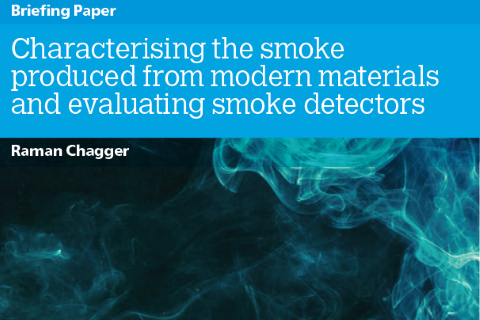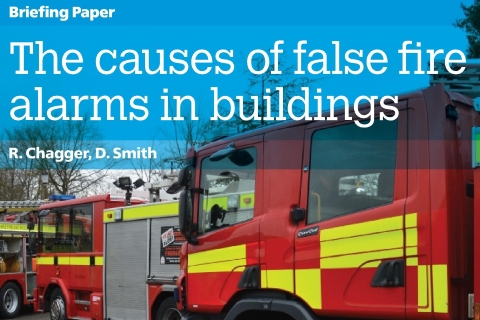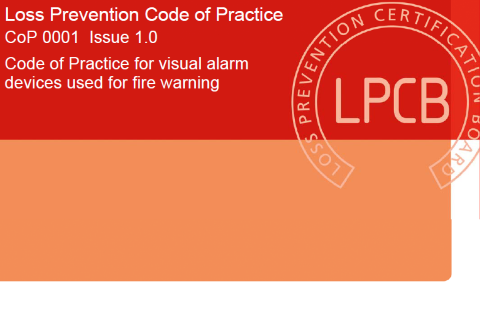The applied research scientists in our Fire Safety team work with industry partners to develop and implement practical solutions to a range of fire safety issues, from designing robust tests for innovative fire detection systems to preventing false alarms.
For more information about our expertise in fire safety research
Call us on +443333218811 if you would like to know more about our expertise or need help with a specific issue – or email [email protected].
Overview:
Collaborative partnerships
With the necessary financial and in-kind contributions agreed at the outset, the team collaborates with stakeholder groups on projects – that often attract funding support from the BRE Trust – proposed by the industry or initiated by BRE. The combination of our independent, technical expertise and industry involvement, gives this work the added credibility that promotes wider acceptance and support.
Leading facilities and expertise
The Fire Safety team conducts research in BRE’s outstanding UKAS accredited laboratories (and at client facilities when appropriate), and has access to BRE’s world-leading built environment expertise in areas that include fire safety engineering, building technology and social science.
Widely presented findings
The findings from the work are regularly presented to stakeholder group members for input and agreement throughout the programme, at the end of which they receive a comprehensive technical report on the findings and proposed next steps.
As a key aim of this research work is to make new knowledge widely accessible, in addition to the technical reports, freely available briefing papers are produced to summarise the main findings and recommendations for industry professionals. Short videos are also produced when the topic is of interest to non-technical people, summarising the findings and explaining the project. These have been very effective in delivering research findings to a much wider audience and are often played at conferences and exhibitions, and promoted on social media.
Key impacts
The impacts of the research completed by the Fire Safety team and industry partners so far include:
- being used to revise existing codes of practice e.g. BS 5839-1 or develop new ones, e.g. LPCB COP0001,
- supporting the development of product test standards,
- being adopted and integrated into processes used by fire and rescue services,
- leading to more research that has generated further knowledge,
- supporting the development of new product testing and certification services at BRE,
- providing guidance to building owners, managers and responsible persons,
- informing product manufacturers on how to improve their products.
How collaborative partnerships work
Collaborating with partners is vital when conducting research and developing and implementing practical solutions to fire safety issues. For more on collaborative research at BRE, see our infographic.
Further information on impacts of collaboration
An article was published in International Fire Protection magazine summarising the process of collaborations and explored the impacts of those for a number of research projects.
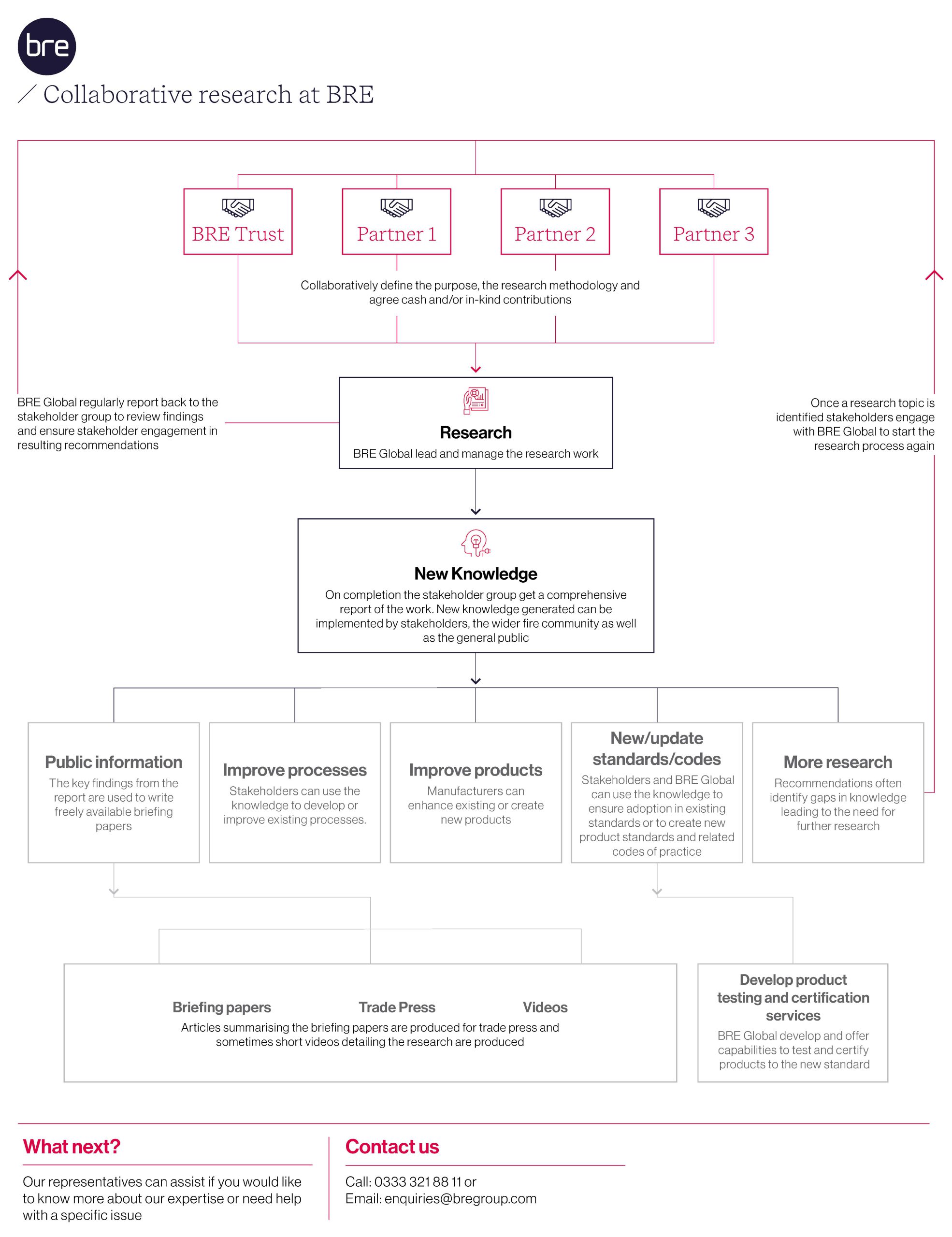
Current Projects:
The effectiveness of Visual Alarm Devices: Building on previous work, this project is researching the warning effectiveness of Visual Alarm Devices (VADs) and how factors such as the VAD colours, pulse durations of LED devices and whether the VAD is viewed directly (face-on) or indirectly, influence their attention drawing effectiveness. Additionally, this project is investigating how the colours of walls in the ambient environment and background light levels contribute to the perception of flashing lights used for warning. This work will result in a public briefing paper that will inform of how VADs can be used most effectively in buildings and the findings will support revisions to relevant codes of practice including LPCB CoP 0001.
Loss Prevention Standard for Video Flame Detectors: Following on from previous work, five detector manufacturers together with the Fire Industry Association have commissioned BRE Global to develop a Loss Prevention Standard to test and assess the performance of Video Flame Detectors. As well as writing a comprehensive robust standard, the group have funded the necessary research to develop required performance tests. This will ensure that when Video Flame Detectors are certified to the standard, they will be fit for purpose in the service environment responding in the event of a fire and not to commonly known false alarm phenomena. The Loss Prevention Standard is expected to be published in May 2024.
Contamination of Heat Alarms: Most fires start in domestic kitchens and heat alarms are vital to provide an early warning to occupants. Heat alarms in the kitchen are subjected to environmental factors that may influence their alarm response during a fire. A number of used heat alarms obtained from kitchens of different ages, types and with varying levels of contamination are being measured and the resulting data is being analysed. The findings from this work may be used to support replacement periods of heat alarms in the future or may result in an update to the heat alarm standard BS 5446-2. If you are in a position to provide used heat alarms, please contact BRE as these could be included in the study.
Developing Unwanted Alarm Tests: Nine detector manufacturers, one fire detection consultant and the Fire Industry Association have commissioned BRE Global to develop five tests that will support a Loss Prevention Standard to assess the resistance of smoke and multi-sensor detectors/alarms to common unwanted (false) alarms. The five tests were initially developed during the collaborative research work investigating multi-sensor resistance to false alarms and the tests are now being developed to demonstrate greater repeatability for standardisation purposes. The group have already developed cooking and toast tests and are now working on dust, steam and aerosol tests.
Contamination of Heat Detectors: Five detector manufacturers, one fire detection consultant and the Fire Industry Association have commissioned BRE Global to investigate if the response of heat detectors in commercial premises may be affected by contamination. A number of used heat detectors alarms obtained from kitchens of different ages, types and with varying levels of contamination will be measured and the resulting data analysed. The findings from this work may be used to support replacement periods of heat detectors in the future or may result in an update to the heat detector standard EN 54-5. If you are in a position to provide used heat detectors, please contact BRE as these could be included in the study.
Engaging in research:
If you are interested in participating in the current projects above, or if you wish to be informed when they are published, then please let us know.
We are actively exploring new areas of research work relating to fire safety risks associated with the move towards Net Zero. This research can be directly with private clients, together with a collaborative group or potentially through grants provided by Innovate UK.
If there are other areas of research in fire safety that you have been considering or are interested in pursuing, either collaboratively or privately, then please email [email protected].
Past Projects:
Below are links to published briefing papers (and some videos) of collaborative and private research work that we have performed to date.
Feedback
BRE is keen to obtain your views about our projects. We would be grateful if you could spare some time to give your feedback. Thank you.
